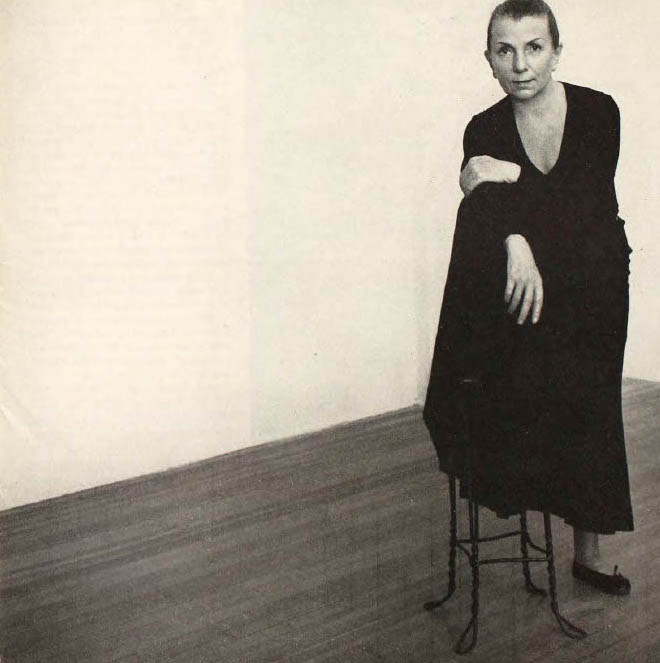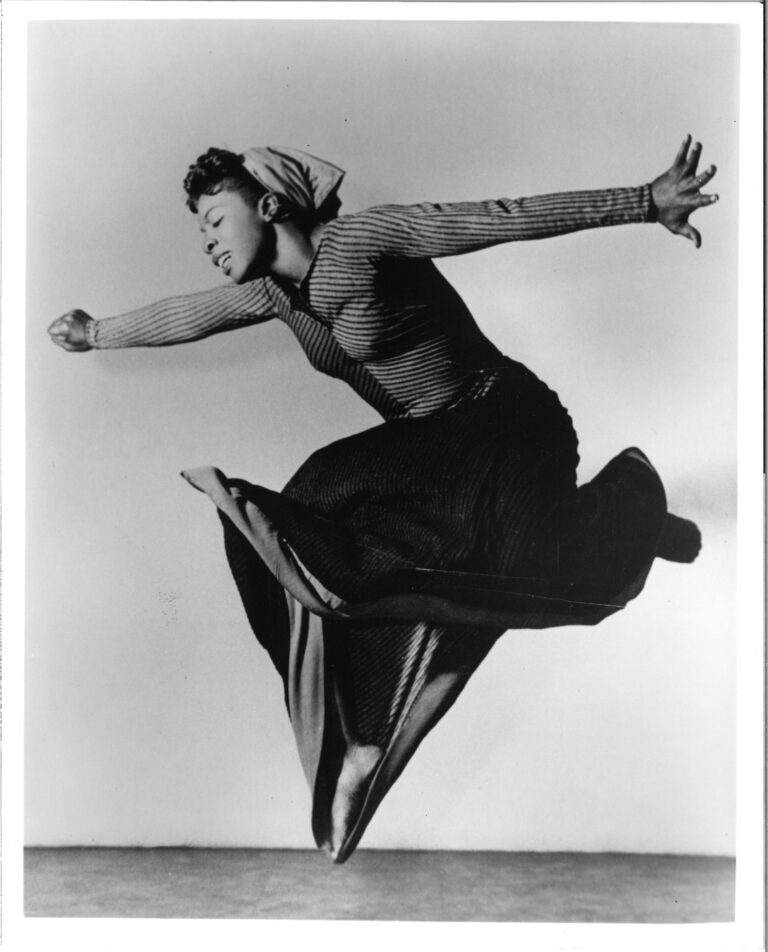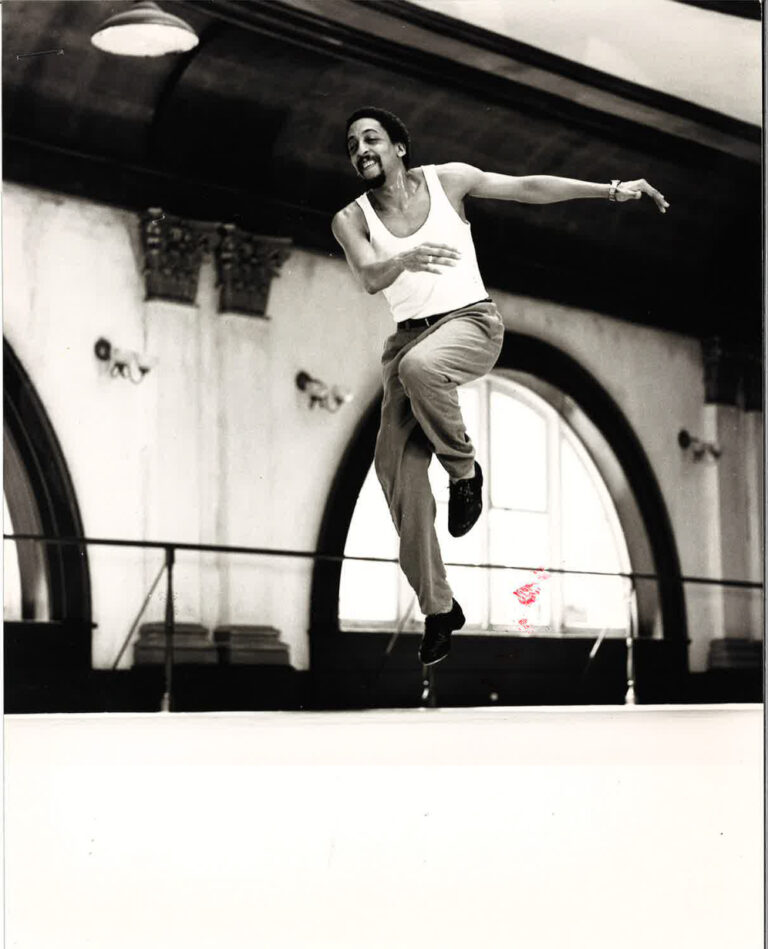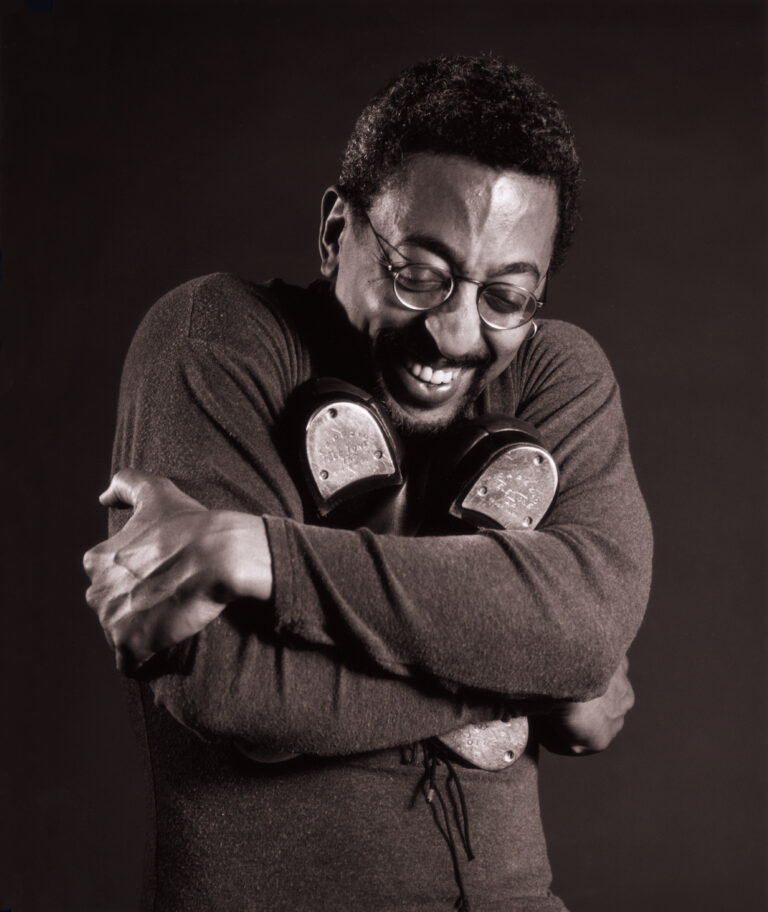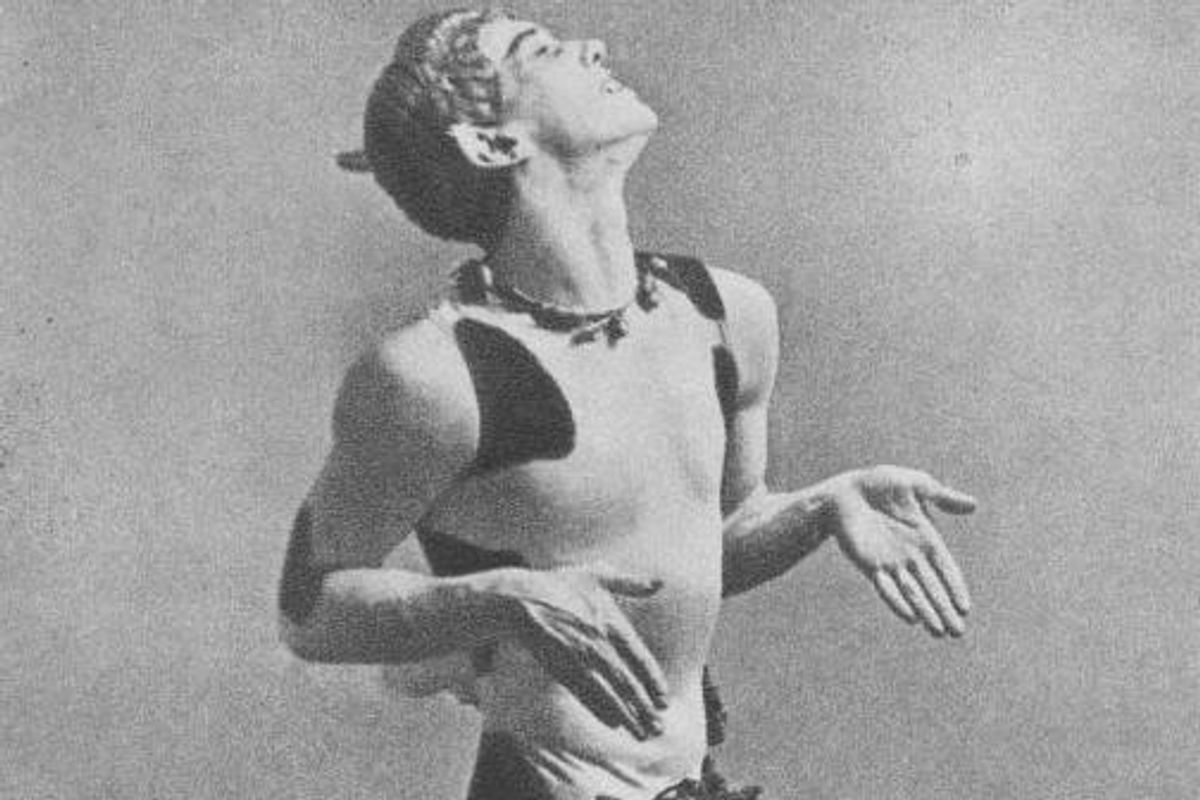
The indelible ballet dancer and choreographer Vaslav Nijinsky helped usher in a new era of ballet. As a leading dancer for Sergei Diaghilev’s Ballets Russes, he redefined the male presence in classical ballet, bringing athleticism and range to what had previously been a supporting role. His controversial choreographic works are now considered some of the first contemporary ballets.
Nijinsky was born in Kyiv circa 1890, which at the time belonged to czarist Russia, and was the son of Polish dancers. He studied ballet with his parents until he was eligible to enroll at St. Petersburg’s Imperial School of Dancing at age 8. After eight years of intense study, he joined the Imperial Ballet, now known as the Mariinsky Ballet, immediately dancing lead roles. In 1909, he met ballet impresario Sergei Diaghilev and began dancing for his new touring company, the Ballets Russes.
The company’s choreographer, Michel Fokine, quickly capitalized on Nijinsky’s natural talent and charisma by creating roles specifically for him. He was known for his enormous leaps and remarkable acting skills, and he consistently received rave reviews from critics.
At 22, he choreographed his first ballet, L’Après-Midi d’un Faune (“Afternoon of a Faun,” 1912). Despite a mixed reception—audiences were shocked by the ballet’s minimalistic style and sexual undertones—Diaghilev saw Nijinsky’s choreographic potential and encouraged him to create more works for the company. His stark and ritualistic Le Sacre du Printemps (“The Rite of Spring,” 1913) caused audience members to riot and was canceled after eight performances. It is now considered Nijinsky’s masterpiece.
While on tour in South America in 1913, Nijinsky eloped with a Hungarian socialite, Romola de Pulzsky. Infuriated, Diaghilev—who had been romantically involved with Nijinsky for years—fired him. Unable to manage his career on his own, Nijinsky swiftly withdrew from public life and had a nervous breakdown. He was committed to a mental institution at age 29, diagnosed with schizophrenia, and spent his remaining years in seclusion until his death at age 60.

The Work
Performance:
Ballets Russes choreographer Michel Fokine highlighted Nijinsky’s virtuosity and emotional range.
Petrouchka (1911) Nijinsky danced the title role of a sad puppet, which was a metaphor for the Russian spirit at the time. Fokine kept the choreography simple to keep the focus on the character’s suffering.
Le Spectre de la Rose (1911) As the mysterious, ethereal Spirit of the Rose, Nijinsky executed a final leap at the ballet’s end so impressive that Diaghilev claimed he saw a woman faint at the sight.
Choreography:
Nijinsky broke with tradition by using controversial themes, like sexuality and violence, and anti-balletic choreography.
L’Après-Midi d’un Faune (“Afternoon of a Faun”) (1912) As the faun, Nijinsky enraged viewers for explicitly depicting a scene of sexual awakening. This piece is an early example of the way Nijinsky rejected classical ballet vocabulary in favor of two-dimensional, restricted movement.
Le Sacre du Printemps (“The Rite of Spring”) (1913) Reflecting Igor Stravinsky’s dissonant, constantly shifting score, Nijinsky used stomping and full-body convulsions to depict a virgin sacrifice based on prehistoric Slavic rituals. The audience rioted in response.
Did You Know?
- During the first rehearsals of The Rite of Spring, the dancers became so frustrated counting Stravinsky’s score that they threatened to quit.
- Nijinsky’s romantic life was fraught with drama: Despite having a homosexual relationship with his boss, Sergei Diaghilev, he married Romola de Pulszky—after knowing her for only three weeks and their not speaking a common language.
The Legacy Lives On
After Nijinsky, male dancers enjoyed a higher status in classical ballet, with more opportunities to show their strength and agility. Nijinsky’s choreographic heirs, including his sister Bronislava Nijinska and subsequent Ballets Russes choreographers Léonide Massine and George Balanchine, continued the trends he initiated, experimenting with contemporary movement and shifting ballet away from its purely decorative roots. Nijinsky’s ballets Afternoon of a Faun and The Rite of Spring are still performed today by companies like the Joffrey Ballet and Boston Ballet.
Resources
Print:
No Fixed Points: Dance in the Twentieth Century, by Nancy Reynolds and Malcolm McCormick, Yale University Press, 2003
“Vaslav Nijinsky,” by Rachel Straus, Dance Teacher, October 2009
Web:
American Ballet Theatre: “Vaslav Nijinsky”: abt.org
The New York Times: “Nijinsky’s Notebooks Are Published, Unexpurgated”: nytimes.com

